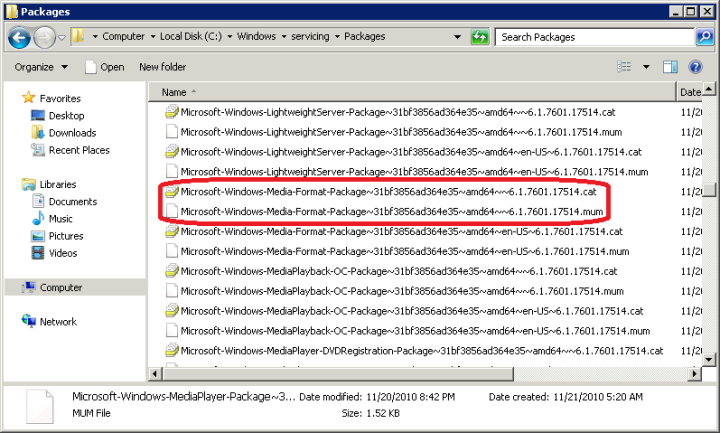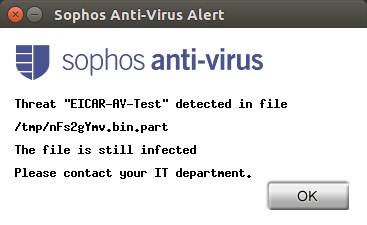
To remove all excluded directories: symcfg delete -k '\Symantec Endpoint Protection\AV\Storages\FileSystem\RealTimeScan\NoScanDir'

To remove a single directory exception: symcfg delete -k '\Symantec Endpoint Protection\AV\Storages\FileSystem\RealTimeScan\NoScanDir' -v /my/path/to/folder2 The above example will exclude /my/path/to/folder2, but will not exclude sub-folders. e.g.: symcfg add -k '\Symantec Endpoint Protection\AV\Storages\FileSystem\RealTimeScan\NoScanDir' -v /my/path/to/folder2 -d 0 -t REG_DWORD If you want to exclude a directory but not its sub-directories, use -d 0 in the command line. Symcfg add -k '\Symantec Endpoint Protection\AV\Storages\FileSystem\RealTimeScan\NoScanDir' -v /my/path/to/folder2 -d 1 -t REG_DWORD # etc.īe careful to specify directory exceptions using full paths with a leading slash, otherwise the exception may be ignored. To add excluded directories: symcfg add -k '\Symantec Endpoint Protection\AV\Storages\FileSystem\RealTimeScan\NoScanDir' -v /my/path/to/folder1 -d 1 -t REG_DWORD To enable directory exceptions - N ote: Back slashes are used in the configuration key (-k) specification: symcfg add -k '\Symantec Endpoint Protection\AV\Storages\FileSystem\RealTimeScan' -v HaveExceptionDirs -d 1 -t REG_DWORD You can also specify general exceptions for file extensions like. Wildcards are supported only for directory exclusions. Conventional wildcards (*,?) are supported as of SEP version 14.2 RU1. Scan exceptions in SEP for Linux are case sensitive, and use forward slashes instead of back slashes as in Windows paths. Exceptions that are set this way are not overwritten by the Symantec Endpoint Protection Manager (SEPM) they will be used in addition to any exceptions from the SEPM.


These instructions apply to a managed or unmanaged client. For the most up-to-date documentation on symcfg, please refer to the attached SEP for Linux Client Guide. Exceptions can be configured from the command line in SEP for Linux by using the symcfg tool.


 0 kommentar(er)
0 kommentar(er)
